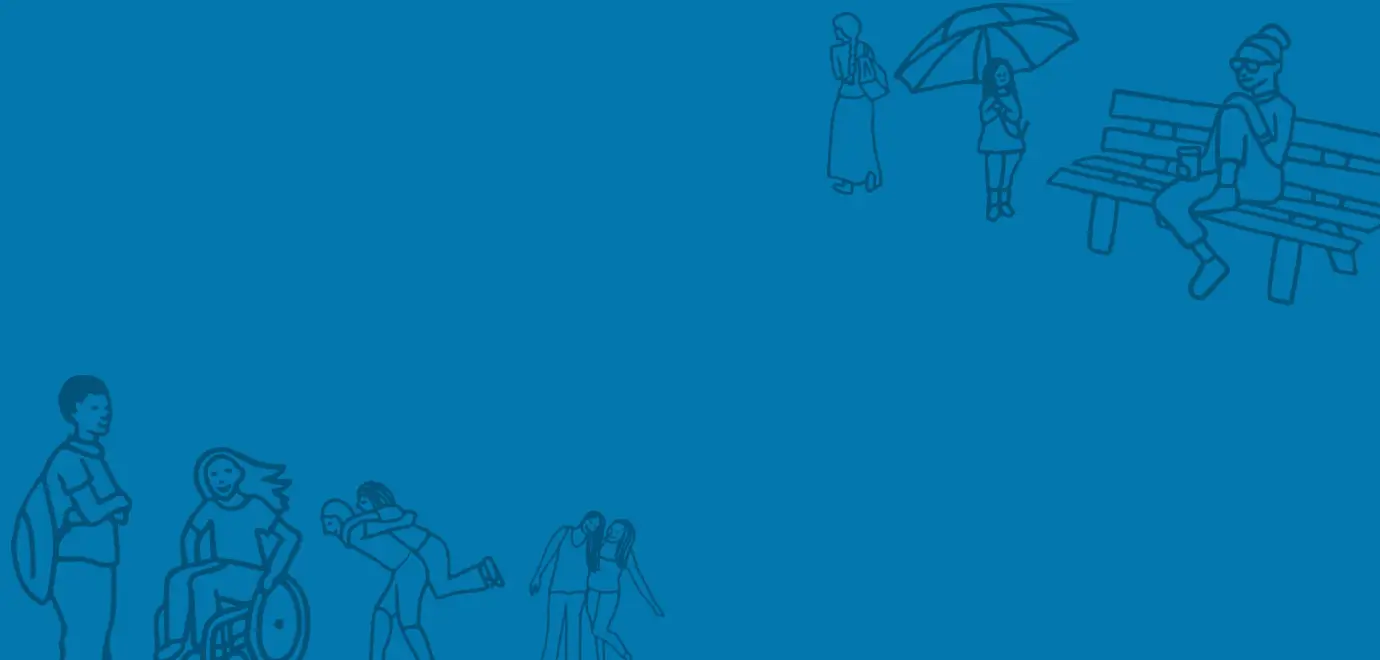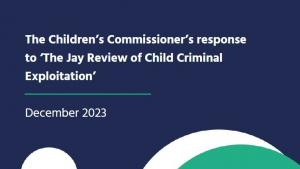The past decade has seen a welcome reduction in the numbers of children getting caught up in the criminal justice system. Since 2010, the numbers receiving a caution or sentence have fallen by 83% and the number of children in custody has fallen by 73% to 571 in August 2020. But there are still hundreds of children ending up in our courts and prisons. By comparison, in 2015, there were only 13 children aged 15-17 in prison in Sweden, Norway, Iceland, Finland and Denmark combined.
We know how and why many of these children end up involved in violence and crime. The blueprint is there for all to see – children growing up in turmoil and experiencing trauma, but not receiving the support and protection they need. Or worse, targeted by those who wish to exploit their vulnerabilities for personal gain. Our under-resourced system of child protection was not designed to safeguard against risks outside the family home and is creaking under the pressure of trying to keep kids safe.
Many of these children have been let down by the systems that should be keeping them safe from harm before they ever set foot inside a police station. Over half (56%) of children sentenced are currently or have previously been a ‘Child in Need’ (assessed as needing additional support from the state) and 7 in 10 have identified mental health needs. 85% of boys in young offender institutions have previously been excluded from school. When compared to their peers, children in residential care are at least 13 times more likely to be criminalised.
At every stage of a child’s journey through the criminal justice system, opportunities are being missed to get to the root causes of offending and put children’s best interests at the heart of the response. When children’s home staff call the police on a child for damaging property, rather than ground them or dock their pocket money as a parent might. Or when they meet a police officer unable to recognise vulnerability and trigger a safeguarding response. Or when the courts remand children to custody before they’ve even been tried – last year almost a third of children in custody were on remand, two thirds of whom never went on to receive a custodial sentence. Ultimately, the system fails to see the child first and the ‘offender’ second, which reduces the opportunity for real change. This appears to be particularly true for Black children, who are over four times more likely to be arrested than White children. Despite accounting for only 18% of the general population, children from BAME backgrounds now make up almost half (49%) of the entire population of youth custody.
The number of children in custody in this country is half the size of a secondary school and yet custodial institutions are failing to even keep children safe, let alone rehabilitate them. Levels of violence are high, and over a third (35%) of children have felt unsafe in Young Offender Institutions and Secure Training Centres. This violence leads to incidences of restraint and a situation where children are spending hours at a time shut in their cells, rather than accessing the education or support they need to turn their lives around. Too many children are set up to fail when they leave, because not enough is done to find them the right place to live, or get them the treatment or education they need on release. Is it any wonder that 7 in 10 children released from custody reoffend within a year?
Significant progress has been made in keeping children out of custody in the last ten years. But this has led to a feeling of ‘job done’, with Ministers showing little interest in changing the status quo.
We have choices about how we treat these children. Of course, serious crimes call for appropriate, considered consequences. But what good does it do, for society or for children, to send them to punitive establishments which do little to rehabilitate them? Is this really how we want it to be?
We need a radical new approach to preventing children becoming involved in crime and turning children’s lives around when they have spiralled out of control. This means: stopping gangs from exploiting vulnerable children; identifying children at risk of getting involved in crime and diverting them away from that path; reducing the numbers of children in custody to an absolute minimum and transforming secure care for children so that rehabilitation is at its heart.





